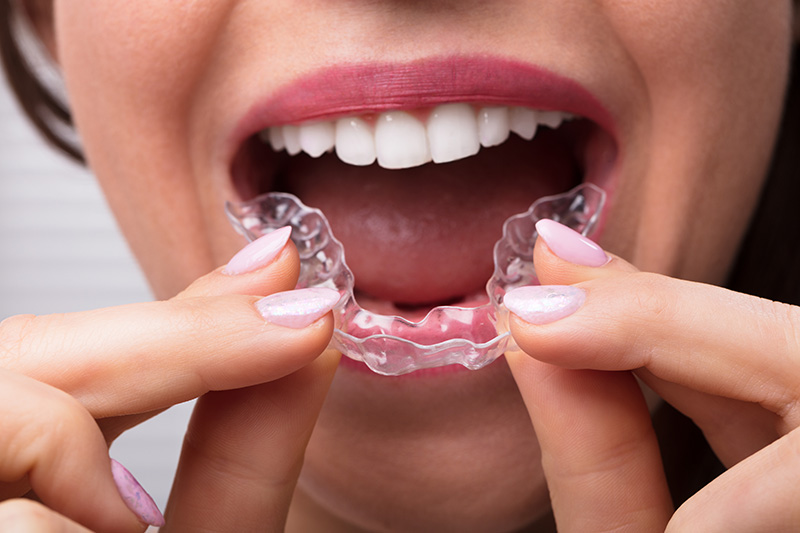Unlocking the Secret to Bruxism Relief: Mouth Guards vs Botox
Introduction
Living with bruxism can be a literal pain in the jaw. Many individuals seek effective solutions to alleviate the discomfort associated with teeth grinding. In this quest for relief, the debate between traditional mouth guards and the modern marvel of Botox emerges.
Decoding Bruxism: A Brief Overview
Before diving into the treatment options, let’s understand what bruxism entails. This involuntary clenching and grinding of teeth often occurs during sleep, causing not only dental issues but also headaches and facial pain.
Mouth Guards for Bruxism: An Oldie but a Goodie
For years, mouth guards have been the go-to solution for bruxism sufferers. These dental appliances act as a protective barrier, preventing teeth from grinding against each other. Custom-fitted mouth guards, in particular, offer a tailored approach, ensuring optimal comfort and effectiveness.
Pros and Cons
Pros:
– Proven track record
– Non-invasive
– Customizable options
Cons:
– Bulky and may cause discomfort
– Inability to address the root cause
Botox for Bruxism: The Game-Changer
In recent years, Botox has emerged as a promising alternative for treating bruxism. Administered through injections into the jaw muscles, Botox temporarily paralyzes the muscles, preventing the grinding motion. Botox outshines mouth guards in treating bruxism with its precision in targeting muscle activity, minimal invasiveness, and long-lasting results. Unlike mouth guards, Botox offers discreet injections, providing effective relief without discomfort. By directly addressing the root cause and offering a customizable approach
Pros and Cons
Pros:
– Minimally invasive
– Targets the root cause
– Long-lasting results
Cons:
– Potential for side effects
– Regular injections required for maintenance
Making the Choice: Which is Right for You?
When choosing between mouth guards and Botox for bruxism treatment, individual preferences and considerations play a crucial role. Here are a few factors to weigh:
Comfort: Mouth guards provide a physical barrier, while Botox offers a more internal solution. Consider which aligns with your comfort preferences.
Longevity: Botox requires periodic injections, while a well-maintained mouth guard can last for an extended period. Evaluate your willingness for ongoing maintenance.
Root Cause Addressing: Botox directly targets the muscle activity causing bruxism, addressing the issue at its core. Mouth guards, while effective, primarily act as a preventive measure.
The Verdict: Finding Your Bruxism Bliss
In the battle of mouth guards versus Botox for bruxism treatment, there’s no one-size-fits-all answer. Ultimately, the choice boils down to personal preferences, comfort levels, and the desire for a lasting solution.
Whether you opt for the tried-and-true method of mouth guards or embrace the modern allure of Botox, the goal remains the same – bid farewell to bruxism discomfort and welcome peaceful nights and pain-free days.
Exploring the Road Ahead: Future Trends in Bruxism Treatment
As technology and research progress, new avenues for treating bruxism continue to emerge. From smart mouth guards equipped with sensors to innovative Botox formulations, the future holds promise for even more personalized and effective solutions.
The Bottom Line: Your Journey to Bruxism Relief
In conclusion, navigating the realm of bruxism treatment involves understanding your unique needs and preferences. Whether you find solace in the time-tested reliability of mouth guards or opt for the modern edge of Botox, the key is to embark on a journey toward a bruxism-free life.
Make an informed decision, consult with your healthcare provider, and embrace the path that aligns seamlessly with your lifestyle. Bid farewell to sleepless nights and wake up to a refreshed, pain-free morning – the choice is yours, and the relief is within reach.


